Causes of stroke
Medical science has not been able to discover the real cause of many diseases. For example, high blood pressure is a common disease. It is not possible to know the real cause of this disease. But some reasons may cause high blood pressure and some may not. For example, those who are very fat and overweight may have high blood pressure, but there are many fat people who do not have high blood pressure. For this reason, being overweight is not called a cause of high blood pressure, it is called a risk factor. The reason (Actilogy) is called the one for which the disease must occur and the one called Risk Factor, for which the disease may or may not occur. Although the cause of stroke is not known, there are some risk factors, and those who have these risk factors have a higher risk of stroke than normal people.
Age of man: causes of a stroke in a man
Age is an eternal reality of man. When a person starts growing up slowly from birth, all the organs start forming beautifully till a certain age. But after a certain age, all human organs gradually lose their function. All the canals that used to be very dry today have no current in the evolution of time. In our life, we have seen many canals and rivers very dry but with the evolution of time, those canals and rivers have become less navigable and filled up. The canals are gradually filled with silt. As we age, the blood vessels slowly become narrowed by fatty deposits, and over time, strokes occur when the blood vessels become so narrow that no more blood can flow. Studies have shown that stroke statistics of 100 people of different ages show that 50% of people have a stroke after the age of 70. 25% of strokes occur 70% by age 55. 5% of strokes occur in people under the age of 40, so the risk of stroke increases with age.
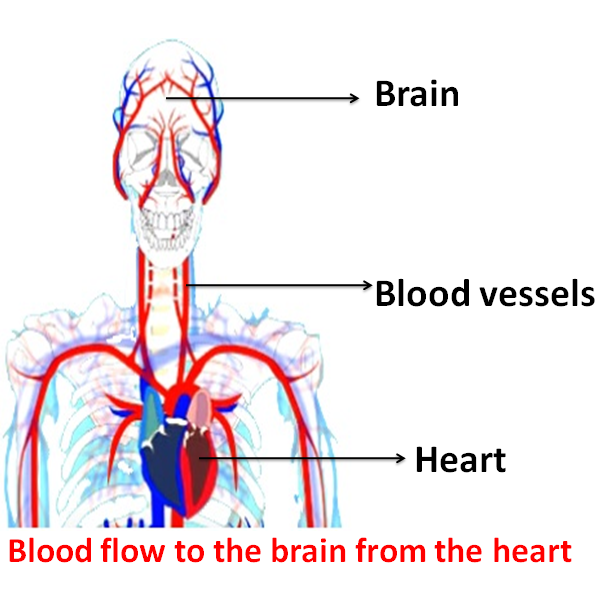 Male and female (Gender): causes of stroke in females/man
Male and female (Gender): causes of stroke in females/man
There are some differences in the body structure of men and women naturally. Taslima Nasreen is all about equal rights for men and women. Whether written or not, the creator has made the difference. We all have to accept this. Studies have shown that men have a higher rate of stroke than women. Statistics show that if 100 women suffer from stroke in an area, the number of men suffers from 125. But when women stop menstruating, stroke rates level off.
Impact of stroke on geographic areas
Ischemic stroke is more common in people from America and Africa. Hemorrhagic stroke is more common in Chinese, Korean and Japanese people. 80% of stroke in people in Pakistan, Bangladesh, India, Nepal, and Bhutan is ischemic and 20% of stroke is hemorrhagic.
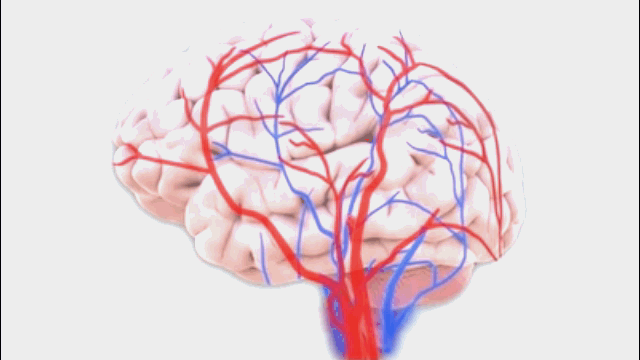 Genealogy and family history:
Genealogy and family history:
One thing that is very common among us is that if someone's father dies of a stroke, then his sons and daughters get worried about whether we will also have a stroke. Often patients say to us, “My father/mother died of a stroke. Will I have a stroke now? Studies have shown that if a blood relative, i.e. mother, father, brother, or sister has a stroke, the chances of having a stroke also increases. There are some hereditary diseases such as protein C, protein S are less in the body. The function of Protein C and Protein S is to prevent blood clotting. So if Protein Co Protein S is low then the chances of having a stroke increase a lot. However, if someone's father has a stroke, his son and daughter will also have a stroke, it is somewhat right, but it is not right to have a stroke because he may not have a stroke. There are many other genetic associations that increase the chance of a child having a stroke if a parent has a stroke.
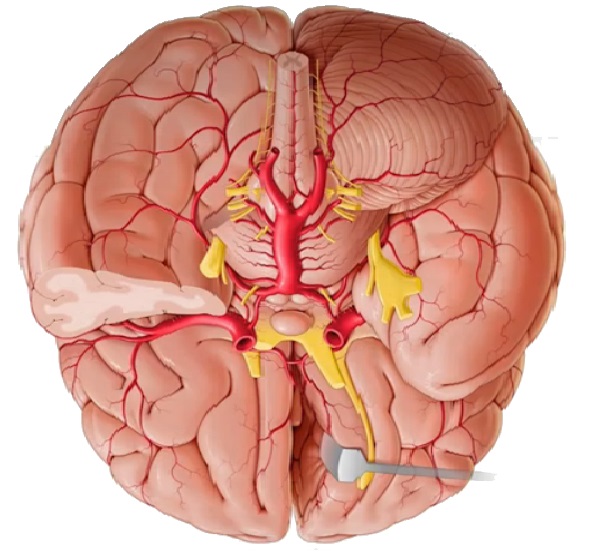 High blood pressure
High blood pressure
High blood pressure is a common name in our daily life. Blood pressure in our body is of two types systolic and diastolic. Normal systolic blood pressure is 100 to 140. Diastolic blood pressure of 60 to 90 is normal. Many of us think that blood pressure is normal 120/80. Blood pressure is like a river wave. Like waves in a river, human blood pressure rises and falls. So blood pressure within a range is called normal. Systolic Blood Pressure is normal from 100 to 140. If it rises above 140, we say high blood pressure. But many of us think that high blood pressure is above 120.
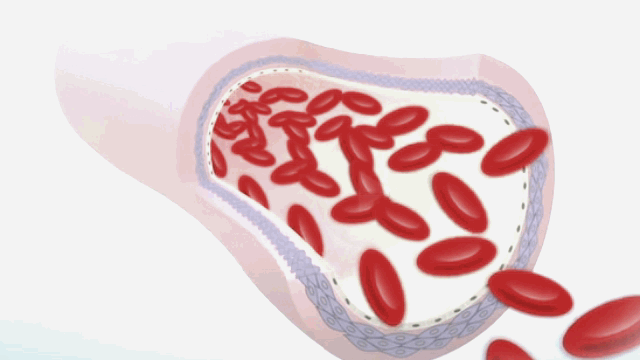
But remember that even if it is 139, we do not call it high blood pressure. And when the diastolic blood pressure rises above 90, we call it high blood pressure. Between the two groups of people with high blood pressure and those without high blood pressure, studies have shown that those with high blood pressure are four times more likely to have a stroke than those without high blood pressure. That is 100 people suffering from high blood pressure and 100 people without high blood pressure. Statistics show that if 20 people who do not suffer from high blood pressure have a stroke, then 80 people with high blood pressure will have a stroke.
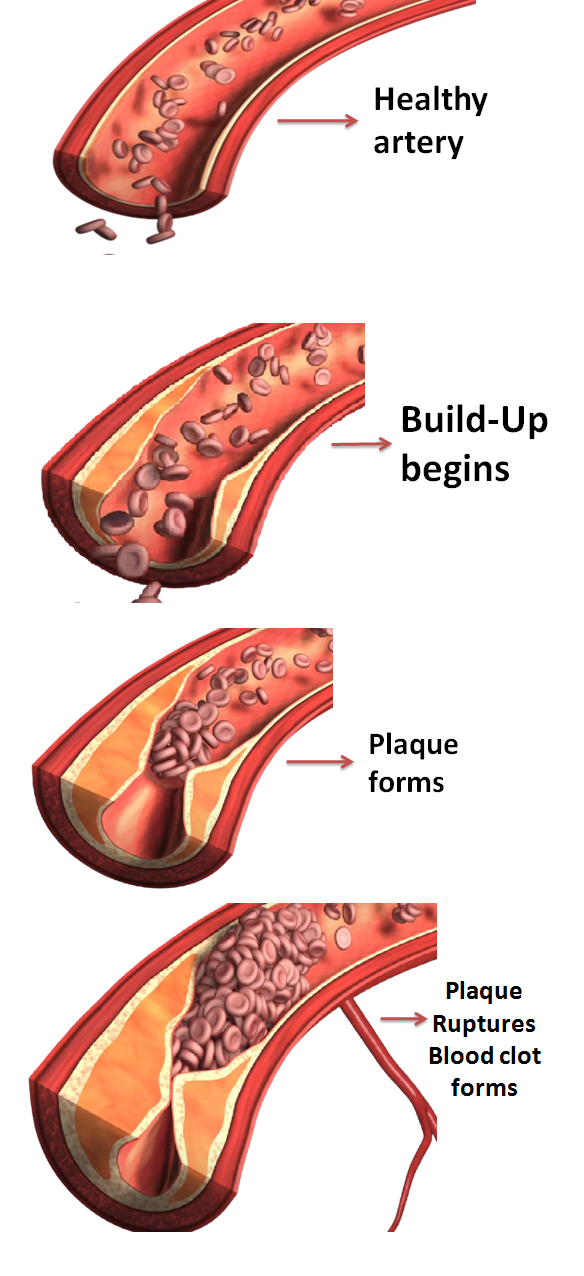
Many patients often ask us, sir, I took high blood pressure medicine but my blood pressure is normal so I stopped the medicine. This is a misconception, once started on high blood pressure medication you have to take it for the rest of your life. People who take medicine occasionally have high blood pressure. Studies have shown that people who take high blood pressure medication occasionally have a much higher rate of stroke than those who do not take any medication at all. So we all should take high blood pressure medicine regularly. Many patients say, Sir, I always have low blood pressure. If the blood pressure is low for a long time and no physical problems are caused, then it has no medical importance and there is no cause for concern because it does no harm to the body.
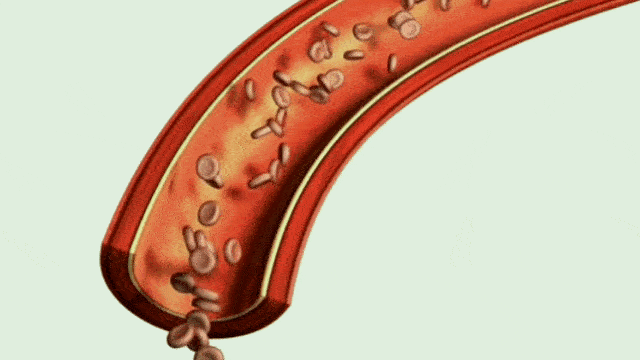 Diabetes mellitus
Diabetes mellitus
Diabetes is a very well-known disease in our society and the sugar in our blood is in the normal range of normal people. For example, when food is above 7 mmo/1 or above 7 mmo/1, we call it diabetes. If blood sugar is 11.1 mmo/1 or above 2 hours after a meal, we call it diabetes. If the amount of blood mg. To express this, multiply by 18. For example, 7 mmo/1 is 7x18 = 156 mg/DL. Many of us think diabetes means passing sugar in the urine. But the real truth is that if someone has diabetes, sugar may go with urine and it may not. 171 million people worldwide have diabetes. If someone is suffering from diabetes, the risk of suffering from a stroke is 3 times higher than normal people. That is if 100 people have diabetes and 100 people are normal, then if 25 out of 100 normal people suffer from stroke, then 75 out of 100 diabetic patients will suffer from stroke. Diabetic patients have a higher risk of death if they suffer from a stroke.
Excess fat in the blood
There are 4 types of fat in our blood. If we want to know about a person's fat in the laboratory, then we write a Lipid Profile The laboratory then gives us an idea of 4 different types of fat. Such as Total Cholesterol, LDL, HDL and TG. Among the four, HDL is the beneficial fat. Excess to the other 3 is harmful. Total cholesterol in the body is above 200, if LDL is above 100 or HDL is below 50, their risk of stroke increases greatly. Many of us think that being overweight or eating high-fat foods will increase the amount of fat in the blood. The incident is not completely true but partially true. People who are overweight may have more or less fat in their blood. Sometimes thin people can have excess body fat. There are some diseases in our body for which the amount of fat in the blood can increase despite not eating fatty foods, such as thyroid gland road, kidney disease, family history, and liver disease, so it is not completely true that the amount of fat will be normal if the body weight is low. Children whose parents have a high lipid profile may have a high lipid profile. If the Lipid Profile in the blood is high for a long time, the tendency of Atherosclerotic Plaque in the blood vessels increases many times. In other words, the accumulation of fat in the blood vessels narrows the blood vessels and increases the risk of stroke.
Heart disease
The heart is located in the middle of the chest in our body. The heart works like a pump machine. When the heart contracts, blood moves to the whole body, and when it dilates, all the blood moves to the heart. This heart pumps 60 to 100 times per minute. Many people think that the heart beats 72 times a minute. In fact, if it is between 60 and 100 times, we call it normal.
The heart cannot pump properly or pump irregularly due to heart disease. A blood clot is a blood clot if its movement is obstructed for some reason. Then this blood clot is called embolus in medical language. Clogged blood travels through the blood vessels to the brain and gets stuck in narrow blood vessels and where it is blocked, no blood can travel further and a stroke occurs. Rheumatic fever causes damage to the heart valve. The heart valve narrows and blood flow is obstructed and the embolus travels through blood vessels to the brain and causes a stroke. Atrial fibrillation is common heart disease. In this disease, blood clots in the heart, and people suffer from stroke. Studies have shown that those who have atrial fibrillation have a 6 times higher rate of stroke than normal people. Heart valve and atrial fibrillation can be detected through a few tests. Atrial Fibrillation by ECG and Heart Valve disease can be detected easily by Echocardiography. Most patients who get a stroke at a young age have heart disease and most of them got rheumatic fever at a young age.
Smoking
The main cause of Ischemic Stroke is the accumulation of fat in blood vessels causing the obstruction. In medicine, it is called Atherosclerosis. Studies have shown that smoking contributes to atherosclerosis in blood vessels. So those who smoke for a long time and smoke more every day have a higher risk of stroke. Studies have shown that smokers are twice as likely to have a stroke as non-smokers. Many say I don't smoke but eat jorda or tobacco leaves. It should be remembered that tobacco leaves cause equal damage to rust. Many people do not smoke at home, but if other family members smoke, they are also at risk of stroke. People who quit smoking have an increased risk of stroke for up to five years, and the risk of stroke gradually decreases after five years. The risk of stroke depends largely on how many cigarettes are smoked per day and how long the smoker has been smoking.
Alcohol
Our Bangladesh is a predominantly Muslim country. 90 people are Muslims. Drinking alcohol is forbidden according to religious rules. So the number of people drinking alcohol in our country is very low. Alcohol consumption is very high in the developed world. Studies have shown that drinking small to moderate amounts of alcohol (2 packs a day) reduces the risk of stroke. A small amount of alcohol increases the amount of HDL in the body, thus reducing the risk of stroke. But if someone drinks a lot of alcohol, the risk of stroke increases. So those who have a habit of drinking alcohol should reduce their habit of drinking alcohol.
Excess body weight
People who are overweight are more likely to get many diseases. Our body has a specific weight according to height. In medicine, it is called BMI (Body Mass Index). BMI in medical science is Kg/m2. For example, if a person's weight is 80 kg and height is 2 meters, then his BMI will be 80/4 = 20.
If BMI is above normal we call it obesity. Studies have shown that people with a BMI >30 are more likely to have a stroke. A normal BMI is 18-24.
Other Risk Factors
Hemoglobin is the main component of our blood. If hemoglobin is higher than normal, the risk of stroke increases. The normal hemoglobin level is 13-17 g/dL. Even if it is less than normal, the risk of stroke increases.
Fibrinogen is present in our blood. which helps in blood clotting. People who have more fibrinogen in their blood have an increased risk of stroke. Homocysteine is a component of our blood. Those who have high homocysteine levels in their blood are more likely to have a stroke. Women who use birth control pills are at a higher risk of stroke.
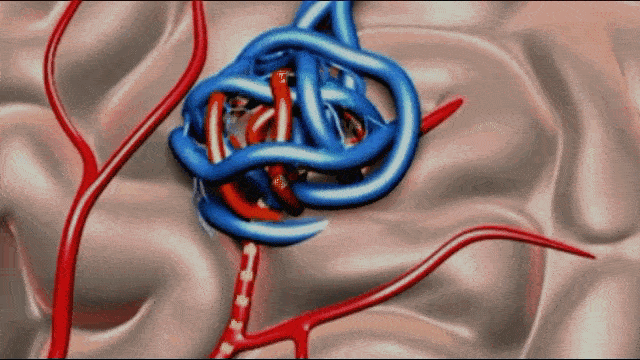
Inflammation of the blood vessels is called vasculitis. Juvenile vasculitis is one of the leading causes of stroke. Syphilis is a common sexually transmitted disease. If someone is infected with syphilis and is not treated, it can lead to stroke after many days.
Heroin, cocaine, and yaba are among the ingredients of addiction in our society. Many young people get addicted to drugs while having fun with their friends. Many of those who are affected by these addictions may suffer from a stroke at an early age. Heroin, cocaine, and yaba cause hemorrhagic stroke.
Migraine is one of the causes of headaches. Migraine is a disease of young age. Studies have shown that people with migraines have a much higher rate of stroke than normal people.
The blood vessels that supply blood to our brain are often abnormal in shape. In medicine, it is called AVM (Arterio Venous malformation).
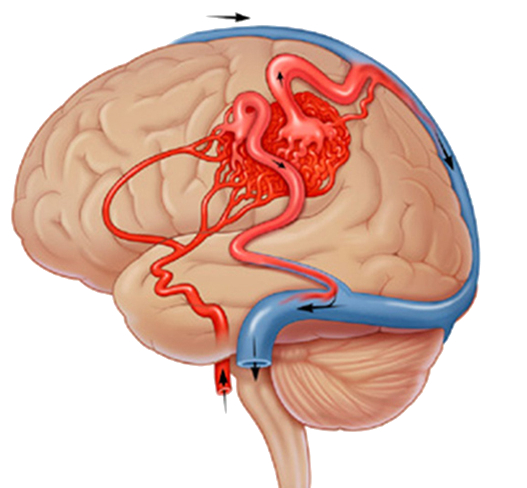
Because AVMs are abnormal blood vessels, they can rupture at any time and lead to strokes and attacks.
When a part of our body is cut, after a while the blood clots in the place and the bleeding stops. Coagulation factors are two important components in our blood that help this blood clotting process. Those who have more or less of these two elements in their body are more likely to have a stroke. There are some medicines like Warfarin, Heparin, and Streptokinese which we use in various diseases of the body. All these medicines can lead to stroke. So this type of medicine should not be used without expert advice.
Patients who have had a stroke are at a higher risk of having a stroke than the general population. Our body has two large blood vessels on both sides of the throat. The artery that originates from the heart and supplies blood to our brain is called the carotid artery. Accumulation of fat in these blood vessels causes Atherosclerotic Plaque. When this Atherosclerotic Plaque detaches from the blood vessels and enters the brain, it causes a stroke. Duplex study of the carotid artery can easily detect this disease.
Mental stress, anxiety, and depression are very common mental problems in our life. Most of us think that excessive stress and anxiety are the main cause of stroke. A lot of research has been done on this. However, no direct correlation was found. But indirectly stress helps to cause a stroke.
For example, when people are under a lot of stress, their sleep is disturbed. Smoking more, and drinking more alcohol, these events can increase our blood pressure. High blood pressure can lead to stroke.
When we are under a lot of stress, the brain sends a message to our adrenal glands. The Grand Andronin and Cortisol hormones are secreted in the blood. The hormone raises blood pressure and can lead to stroke.
If adrenalin is secreted more in the blood, blood vessels are more excited and stimulate blood clotting, and help stroke. So the bottom line is that stress is responsible for stroke even if there is no direct correlation. So we all should control stress.
All the mentioned causes of stroke eventually damage the blood vessels in our brain. In medical science, the blood vessel of the brain is called the Cerebro vessel. So stroke is considered a CVD (Cerebrovascular disease) in medicine.
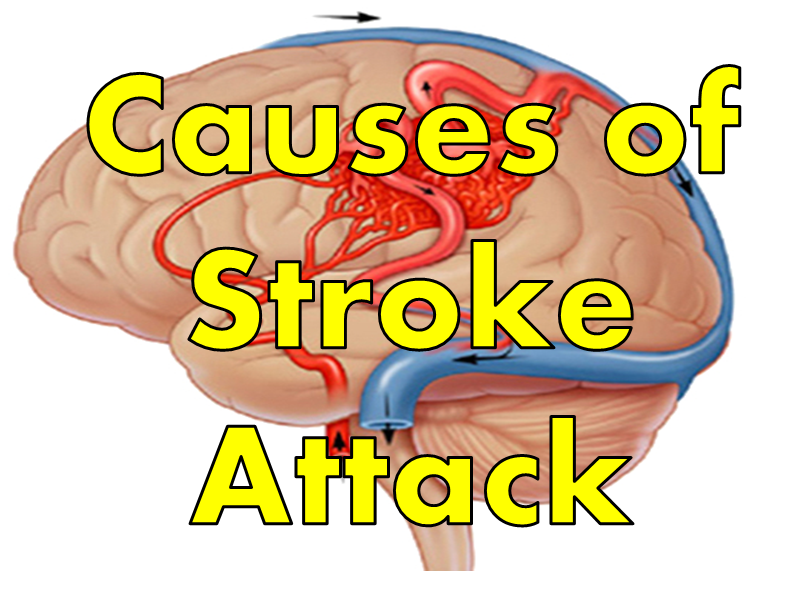
 Male and female (Gender): causes of stroke in females/man
Male and female (Gender): causes of stroke in females/man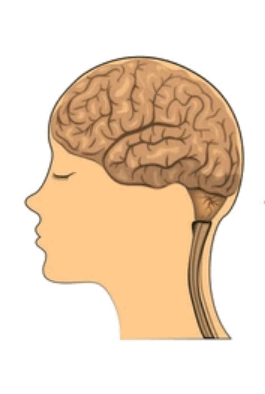
 Genealogy and family history:
Genealogy and family history:


 Diabetes mellitus
Diabetes mellitus
